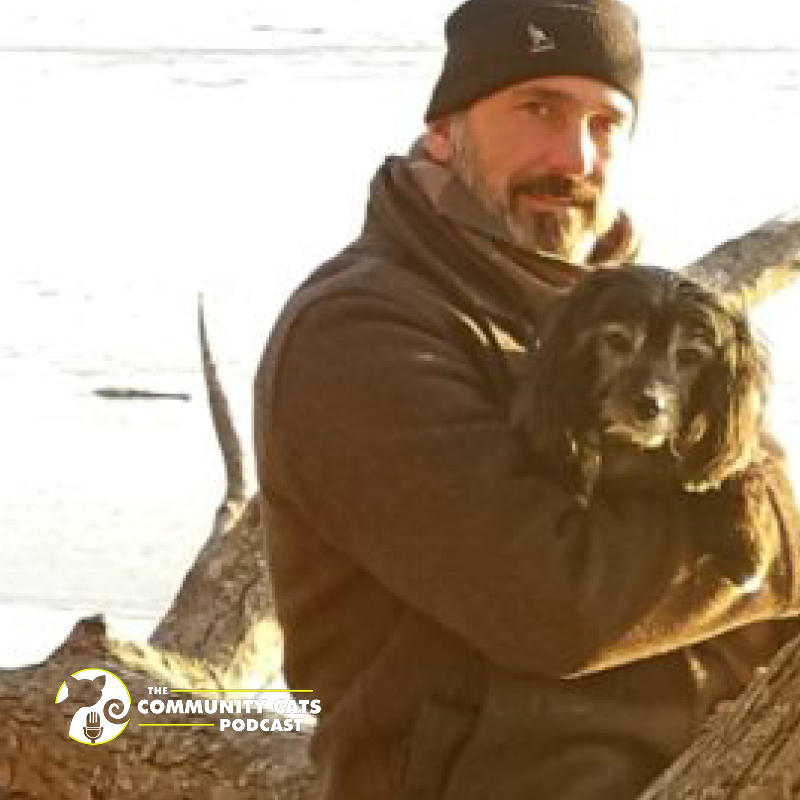
Elizabeth Finch, Good Mews Animal Foundation
June 23, 2020
Steven Mornelli, Waggle
June 30, 2020
Once the coronavirus hit, the stock market plummeted, and unemployment took off in the United States, our nonprofits started to shut down. Many organizations began to worry about their fundraising prospects for the year ahead. Some organizations chose to lay off or furlough employees, including their development staff, but some decided to keep development staff on as essential employees. Development teams have worked hard to pivot their organizations and restructure how their fundraising works. Below are ten strategies that I have seen to be successful during this new period.
Keep things personal.
Marketing, communication, and transparency.
Connect with volunteers.
Approximately 50% of volunteers donate to the organizations that they serve. Many of these volunteers have been “laid off.” Many organizations have volunteers that have tended to the cats for years, even decades. Even though these folks may not actively be working at a facility, trapping cats, or helping at a spay/neuter clinic, we need to stay in touch with them to help keep those relationships alive.
The digital pivot.
The most successful organizations are the ones that embraced technology to the fullest. That means not just using Zoom (which certainly has made board, staff, and committee meetings much more efficient), but also other types of technology to generate an increase in donor revenue. Donor funnels are becoming very important. If you aren’t familiar with the idea of a donor funnel, Classy has an interesting blog on this topic.
Virtual events and fundraisers.
Just this past week, I heard someone say that if you organize a virtual 5K, you are sure to make a lot of money, as runners are eager to participate in any kind of running event. Taking an in-person event and turning it into a virtual one, or starting from scratch and doing something new are both valuable.
The mail still works.
For one thing, it connects you with your older donors. Lots of organizations have moved away from paper newsletters, appeal letters, and correspondence. This is a time where going old school can work to your advantage, however. We have so many isolated elders who would really appreciate letters from kitties in our care and some nice stories. Lasting friendships are created this way.
Social media is here to stay.
his is the time to work on your social media skills. If you don’t have a communications plan, this is the time to develop it and work it. We need to use social media and we need to raise funds with it.
Emergency grant opportunities.
Organizations that tuned into the many weekly animal welfare-related Zoom calls and subscribed to the Animal Welfare Digest were able to get immediate access to emergency funding grant opportunities as they became available. It pays to communicate and keep on top of the current situation.
Thank your donors regularly and quickly.
Even though you may be working from home, the mail is still coming to the office. The organizations that figured out ways to check their mail often and thank their donors quickly will be rewarded.
Be daring!
The organizations that have had the greatest success are willing to get out there and try something new! Being willing to take a chance, with the support of your team and/or committee, is the best thing that can happen. Your fundraising efforts will succeed.
As a result of the conversations that I have had about fundraising recently, I have decided to hold an educational “Fundraising Day” in the fall. Be on the lookout for more details—and if there is something specific you want to make sure we cover during this conference, please email me at stacy@communitycatspodcast.com and let me know.




